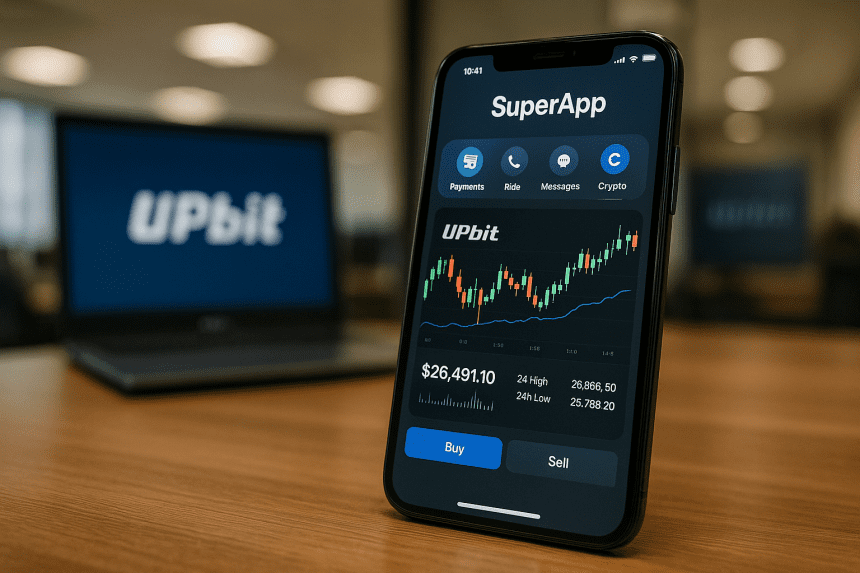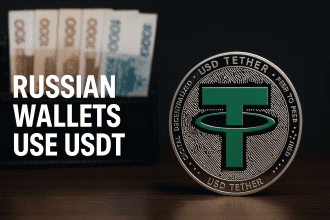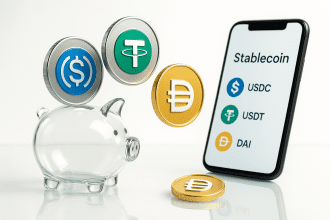Crypto never takes a day off, and the latest rumor buzzing through the industry is a SuperApp-style partnership between Upbit and a massive e-commerce platform. The plan? To let 30 million shoppers jump from buying shoes to snagging ETH or USDC in a single tap. Sounds bold, but if it works, onboarding won’t feel like a hassle anymore it’ll just feel like shopping. And that tiny shift could flip the entire exchange model on its head.
Scale changes everything. Thirty million users isn’t growth it’s transformation. When that many people can trade crypto while they shop, liquidity deepens, spreads tighten, and the old fee structures start cracking. Maker-taker systems? Maybe history. Whoever gets in first builds user habits that stick, and the rest? They’re left chasing shadows.
We’ve seen this play before in Asia. SuperApps turned ordinary actions messaging, paying, ordering food into muscle memory. Now imagine that same reflex applied to crypto. If Upbit becomes the crypto corner of a shopping app, crypto stops being a destination and starts living inside your daily routine. No big pitch. Just convenience.
Of course, drop fees and the dominoes start falling. Everyone else will rush to matchm throwing in perks, rewards, and new features to hold users’ attention. Profit won’t come from trades anymore but from ecosystems built around them. Expect subscriptions, sponsored listings, even staking or lending right inside checkout flows. Exchanges won’t just be trading hubs they’ll be marketplaces for money itself.
Still, the hard part’s not the idea it’s the wiring. Getting millions of retail shoppers safely plugged into live exchanges means tackling KYC, fraud prevention, wallet tech, and regulators all at once. And those regulators? They’ll definitely have questions about mixing shopping data with trading access. It’s a high stakes puzzle. But if Upbit nails it, this could be the model everyone follows.
For traders, it’s a dream cheaper fees, faster trades, more liquidity. For exchanges, it’s a reckoning. If zero-fee retail trading becomes the norm, they’ll have to earn loyalty through real service, not small taxes on every click. That’s tougher business but it’s better for users. And maybe, just maybe, this is the moment crypto stops feeling like the future and starts feeling like everyday life. Buying Bitcoin could soon be as casual as adding gum at checkout.






















